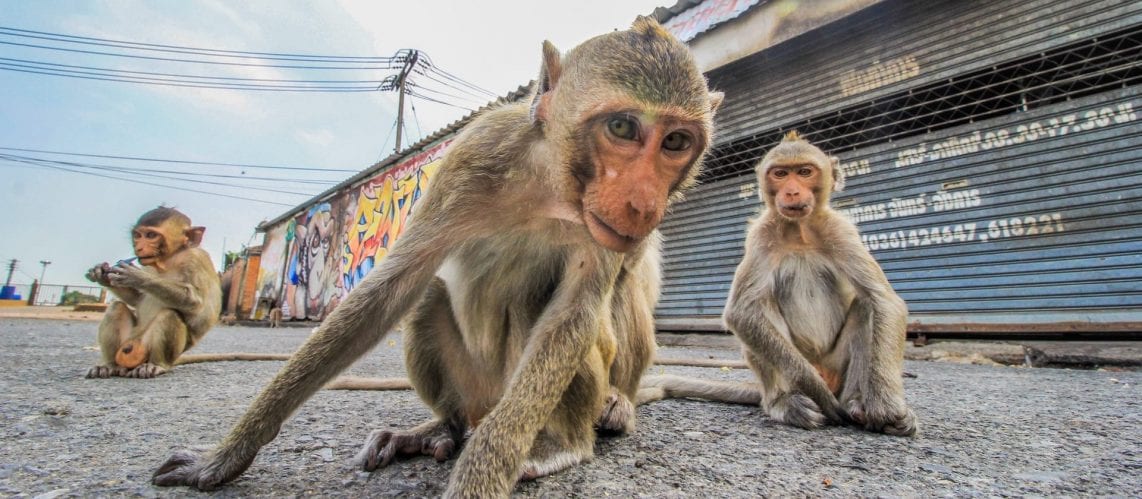The Equal Rights Group
Simon Pooley, 2013, ‘No Tears for the Crocodile: investigating calls for the extermination of the
Nile crocodile in Zuzuland, South Africa, to c.1958’, chapter 6 in W. Beinart, K. Middleton, S. Pooley (ed.s), Wild Things: Nature and the Social Imagination (White Horse Press), pp. 142-162.
About the Author:
Dr. Simon Pooley is a current professor at the Birkbeck University of London. He obtained his Ph.D. at Oxford University and completed many research fellowships with other universities. His interests and areas of study include: animal geography, historical geography, environmental humanities (history in particular), ethnozoology, human-predator encounters (with a special focus on crocodilians) and conservation science. Although Dr. Pooley’s research interests range across a variety of fields, he has quite a lot of experience in the research area, however, Pooley’s research areas are not widely discussed which makes it hard to fully know if he is a reliable source or not, although there is a emphasis on the former.
Type of Publication
The piece itself is a small part of a book edited by Simon Pooley along with William Beinart and Karen Middleton. The book itself is a collection of 11 essays of the cultural and social pieces of environmental history, addressing multiple systems across the globe ranging between the 1800’s towards the present day. This type of book is a good way to encompass multiple sub-topics ranging under the umbrella of a larger and more general topic. It also allows the reader to hear from multiple points of view from different authors in various fields which pertain to the topic inside a singular book.
Summary and Arguments:
The author of this article focuses on the 1957 call for extermination of Nile crocodiles in Zuzuland, South Africa, after a boy of European descent was killed by one after swimming unsupervised in waters labeled dangerous. He acknowledges the fact that Europeans had a deep hatred for the animal, that can be seen in texts predating the 1900’s, while African natives had a complicated relationship with them. Many European authors made false accusations, for example stating that they “(care) nothing for the safety of (their) offspring” (Pooley, 3), in order to gain more licenses to hunt these animals that were seemingly evil. The creature shows up as a menace in classic books, such as Tarzan and Jock of the Bushveld, both of which have a vast impact on society. Pooley also makes it a point to state that crocodiles were forced from their homes as a result of urbanization, and that there were rewards offered for dead ones and eggs up until 1933 (Pooley, 6).
For the most part, the author uses substantial evidence to back up his main points, as stated above. Crocodiles have always been represented in a poor light, but with the spread of media, this representation became mainstream. A variety of examples is included throughout the paper, such as mentions of films with crocodiles attacking ‘innocent’ safari goers only to have the male lead save the day, various books featuring crocodile ‘villains’ such as Tarzan, and the deaths that crocodiles have caused. The only part that could really use some more information is that with the history. Although it is easily researchable, the reader is almost forced to take Pooley’s word when it comes to the death of David Jones and the events that followed. Another thing that does seem somewhat odd and unreliable is that Pooley is getting all his information from books and not studies. Books can clearly be biased, and although he is trying to clearly prove that people fear crocodilians, it would be a much stronger argument with actual facts.
Compare & Contrast
This article relates heavily to the NPR Podcast we listened to in class that told of the origins of the teddy bear. Much like the crocodiles, bears were portrayed as savage beasts for many years and were feared my much of the public. There were many stories about the savagery and fierceness of bears up until the 1900’s and similar to crocodiles were occasionally hunted by hunters, either for extreme sport or as “pest” control. The difference between these two stories however is that one of these creatures was “spared” causing people to become more sympathetic towards it, while the other is still hated and feared by many just as it was centuries ago.
New Questions:
This work may inspire further questions such as, why do humans feel as though they can eliminate animals that challenge them?
Why have we found a way to live with some animals in harmony, but still have such a hard time finding balance with others?
Overall, there seems to be very little research into this topic, but why is that? Is it possible that the author does have a point when mentioning how much people fear crocodilians? And if there were more research done on human-crocodilian relationships, would it challenge the author’s main point?
